
PAIN-FREE DIET
Are you in pain? If so, you are not alone. Musculoskeletal pain, defined as 'persistent or recurrent pain that presents itself as part of a disease process directly affecting bone(s), joint(s), muscle(s), or related soft tissue(s)', is the leading cause of disability and decreased quality of life in almost every population, affecting millions of people every year and placing an enormous economic burden on these patients [6].
The prevalence of musculoskeletal pain was approximately 30% (range of 13.5%-47%) from 23 population studies conducted in 15 different countries (United States, United Kingdom, Germany, Sweden, Denmark, Norway, Italy, Spain, Netherlands, Kuwait, Japan, Austria, Malaysia, Brazil, and Cuba). The annual incidence of chronic musculoskeletal pain disorders, such as fibromyalgia, lower back pain, neck pain, osteoarthritis, rheumatoid arthritis, etc., was reported at 8%-9%, a high proportion for any disease.
Pain is often induced by harmful stimuli such as tissue damage or inflammation. These signals are counteracted by substances that present analgesic properties and are naturally produced by our bodies but can also be supplied and boosted through the diet [5].

TAURINE
Taurine is a b-amino acid and exerts analgesic effects via the GABA and glycine receptor systems. The body's production of taurine decreases with age. Hence, it is mostly supplied via dietary sources such as seafood, poultry and red meat [5]. Dairy products also contain taurine but the amount is not as significant [14].
ARACHIDONIC ACID AND DHA
Both arachidonic acid and DHA are essential fatty acids that belong to the omega 6 and omega 3 families, respectively. These nutrients are precursors of endogenous ligands to the cannabinoid receptors, so-called endocannabinoids, responsible for our bodies' analgesic control. Besides pain control, there is evidence for the role of endocannabinoids in various physiological processes, such as brain development, motor function, memory, and cognition. DHA is a precursor of synaptamide, which has many interesting roles in the brain, including promoting neuronal synthesis [5].
Arachidonic acid is found in certain foods such as poultry, animal organs and meat, fish, seafood, and eggs [13]. DHA is a component of marine fats. Fish such as mackerel, salmon, sardine, herring and smelt are excellent sources of DHA [7]. Omega 3s are often associated with anti-inflammatory properties and are a key component of certain dietary patterns that have been studied for their pain-relieving potential. If you want to know more about an adequate intake of omega-3s, go to our article HOW TO KNOW IF YOU ARE OMEGA-3 DEFICIENT.

CHOCOLATE
Chocolate contains phenylethylamine, a molecule similar to amphetamine and it affects dopamine, norepinephrine, and serotonin reuptake, resulting in pain-relieving effects [5].
CBD PRODUCTS
A notable commercial trend in food-derived supplements today is the increased market for products based on hemp (Cannabis sativa), "CBD" products rich in cannabidiol, which are claimed to be effective against pain, inflammation, and neurodegenerative disorders. However, at present, their regulatory status in certain markets remains uncertain [5].

VITAMINS AND MINERALS
Besides having a specific inflammatory condition, low dietary intake of certain nutrients, especially omega-3 fatty acids, vitamins B1, B3, B6, B12 and D, magnesium, zinc and β-carotene, is also associated with chronic neuropathic or inflammatory pain. Supplementation with these specific nutrients is said to contribute to the alleviation of chronic pain, as observed in systematic reviews on chronic pelvic pain, low back pain, rheumatoid arthritis or joint pain secondary to inflammatory bowel disease, migraine, chronic noncancer pain, pain in chronic liver disease, or arthralgia (joint pain) in breast cancer [4].
Here are the primary food sources for each of the nutrients mentioned above [8,9,10]:
• Vitamin B1: ham, unsweetened soymilk, watermelon, acorn squash.
• Vitamin B3: meat, poultry, fish, fortified and whole grains, mushrooms, potatoes.
• Vitamin B6: meat, fish, poultry, legumes, tofu and other soy products, and bananas. *As mentioned in previous articles, modern soy products are often not fermented and contain other potentially harmful substances due to being highly processed. Some of these may include tofu, soy burger patties and soy milk. Choose minimally processed fermented options.
• Vitamin B12: meat, poultry, fish, milk, cheese, fortified soymilk and cereals.
• Vitamin D: fortified milk and cereals, fatty fish.
• Magnesium: Spinach, broccoli, legumes, seeds, whole-wheat bread
• Zinc: meat, shellfish, legumes, whole grains
• B-carotene: tomatoes, orange and yellow vegetables (carrots, sweet potatoes, pumpkin, winter and summer squash).

OTHER NUTRIENTS WITH POTENTIAL
Other dietary constituents that show promise include vitamin C, some flavonoid compounds (e.g., parsley, onions, blueberries) [ and α-lipoic acid (e.g., in broccoli, spinach and yeast).
Probiotics have also been studied but positive results are almost exclusively limited to relieving abdominal pain associated with irritable bowel syndrome. Other studies have evaluated their potential for other pain disorders, such as fibromyalgia but results have not been significant so far [4].
A SPECIFIC PATTERN
A study conducted a review of 172 studies and recommended that daily consumption of carbohydrates with a low glycaemic index and a minimum of five portions of fruits and vegetables would be optimal for reducing pro-inflammatory states associated with chronic pain. Low glycaemic index foods include whole/minimally processed grains and most fruits and vegetables such as carrots, apples, oranges and peaches [1]. A weekly consumption of four portions of legumes and fish is also advised, no more than two portions of white meat, eggs and fresh cheese, and one portion of red or processed meats, with sweets consumed only occasionally [11].
Certain foods have been associated with promoting inflammation in the body. Here are some foods that are commonly recommended to be avoided or limited:
1. Processed Foods: Processed and packaged foods often contain high levels of unhealthy fats, added sugars, refined grains, and artificial additives, all of which can contribute to inflammation.
2. Trans Fats: Trans fats are artificially created fats found in many processed and fried foods. They have been linked to increased inflammation and are best avoided. Read food labels and avoid products that contain "partially hydrogenated oils."
3. Refined Carbohydrates: Refined carbohydrates like white bread, white rice, pastries, and sugary snacks have a high glycemic index and can lead to spikes in blood sugar levels, potentially promoting inflammation.
4. Sugary Drinks: Sugar-sweetened beverages, such as sodas, energy drinks, and fruit juices with added sugars, have been associated with increased inflammation. Opt for water, herbal tea, or unsweetened beverages instead.
5. Red and Processed Meats: Red meats (beef, lamb, pork) and processed meats (sausages, hot dogs, deli meats) contain high levels of saturated fats and advanced glycation end products (AGEs), which can promote inflammation when consumed in excess.
6. Vegetable Oils: Certain vegetable oils like soybean, corn, and sunflower oil are high in omega-6 fatty acids. While omega-6 fatty acids are essential, an excessive intake relative to omega-3 fatty acids can contribute to inflammation. Moderation is key and opting for healthier fats like olive oil or avocado oil is recommended.
7. Alcohol: Excessive alcohol consumption can lead to increased inflammation in the body. It's best to consume alcohol in moderation or avoid it altogether.
It's important to note that individual responses to certain foods can vary. For further diet advice for musculoskeletal and overall health, you may also want to read our articles THE FLEXIBILITY DIET and THE ANTIDEPRESSANT FOOD SCORE.

FINAL THOUGHTS
The anti-inflammatory and functional role of the nutrients mentioned above is undeniable. The research supports effective and perceivable differences from diet modifications in pain disorders. If you are looking to promote a pain-reduced lifestyle, your diet can surely be a part of it!


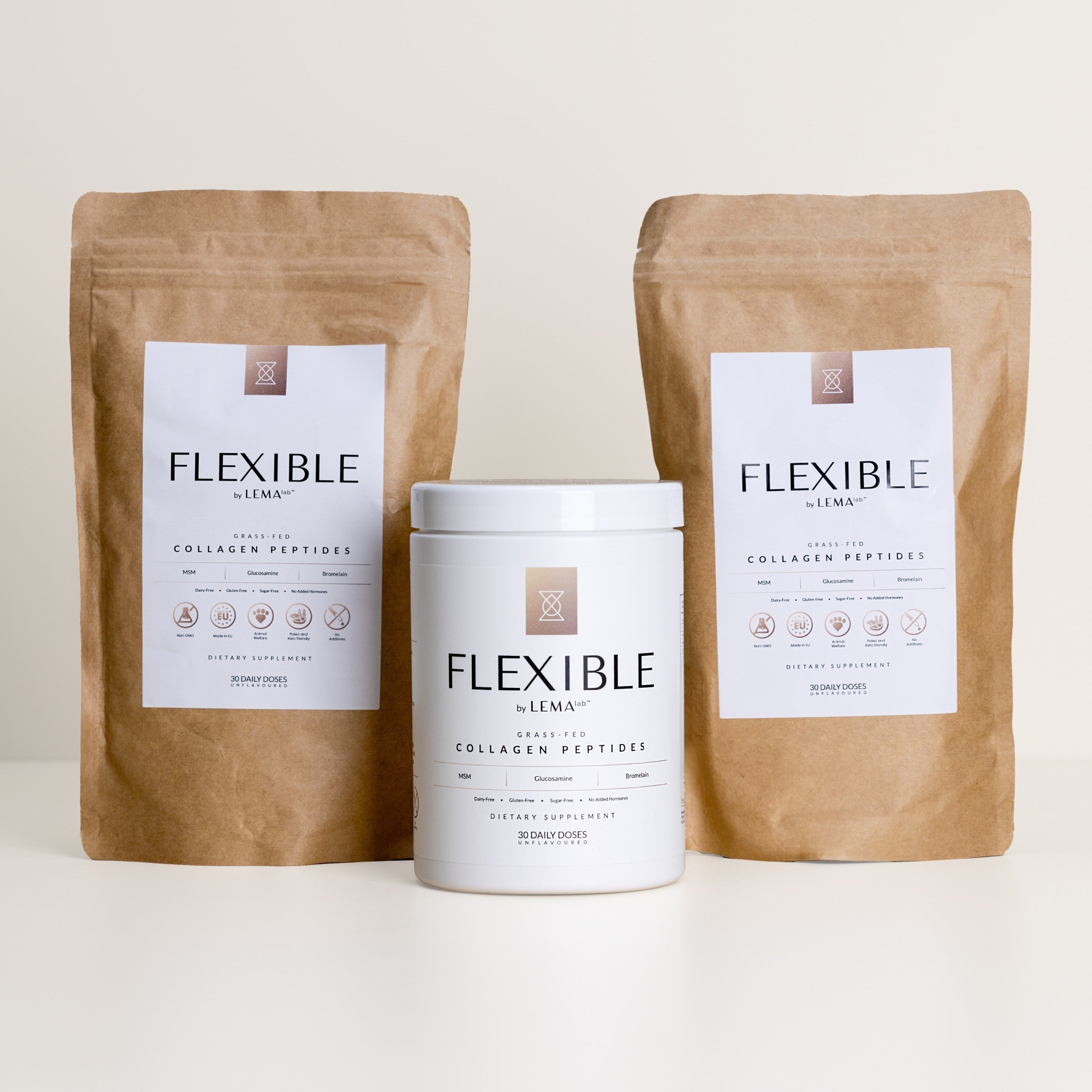
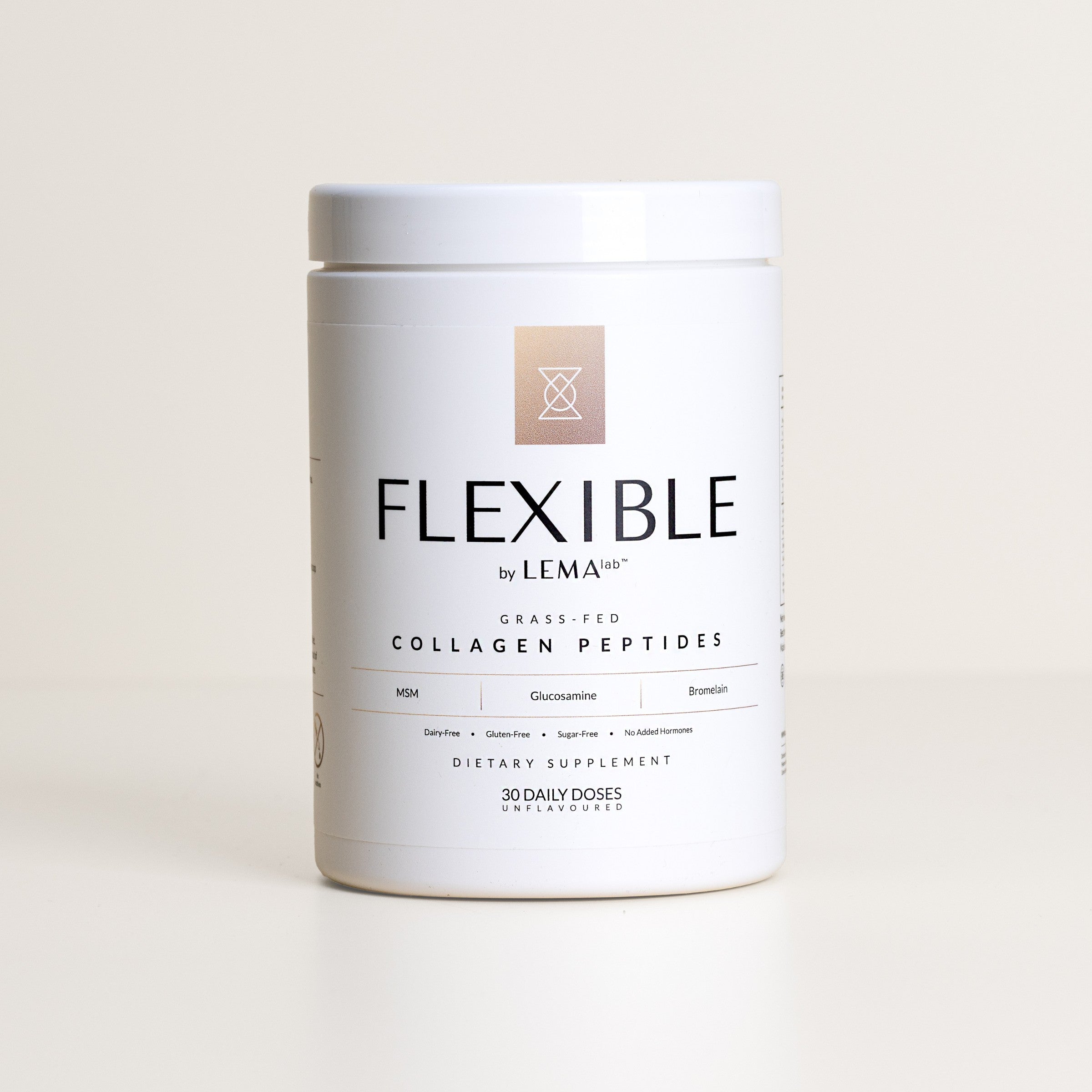
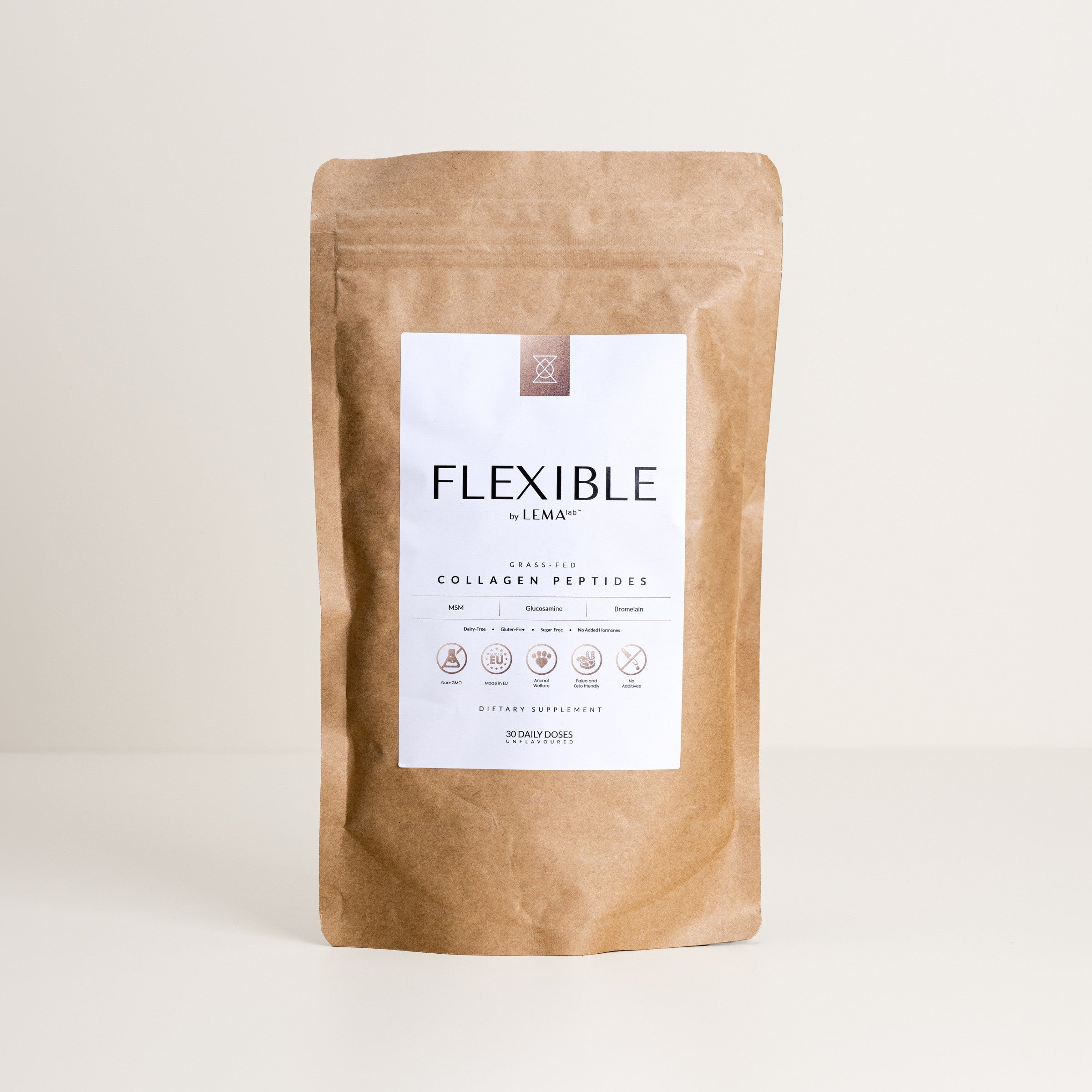
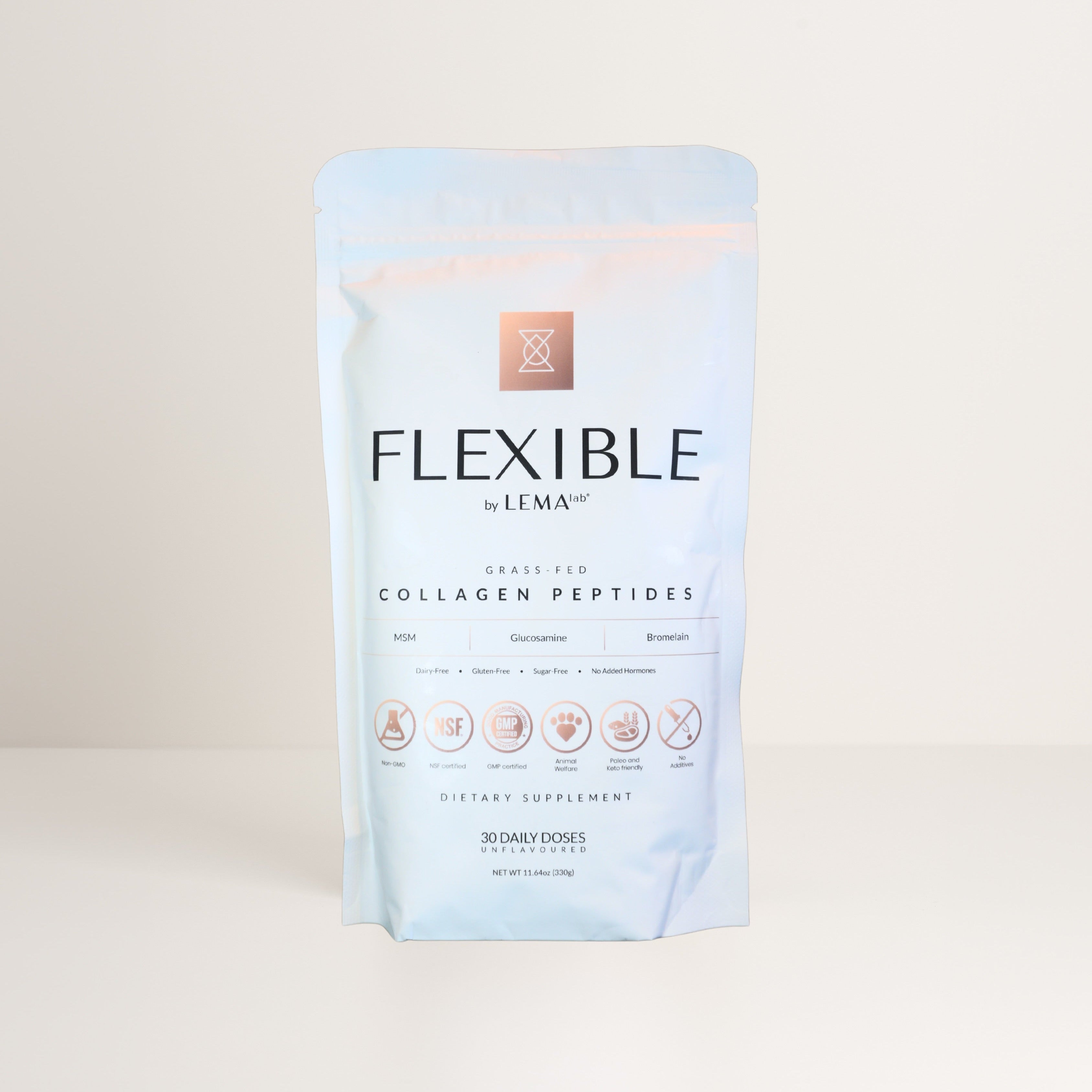
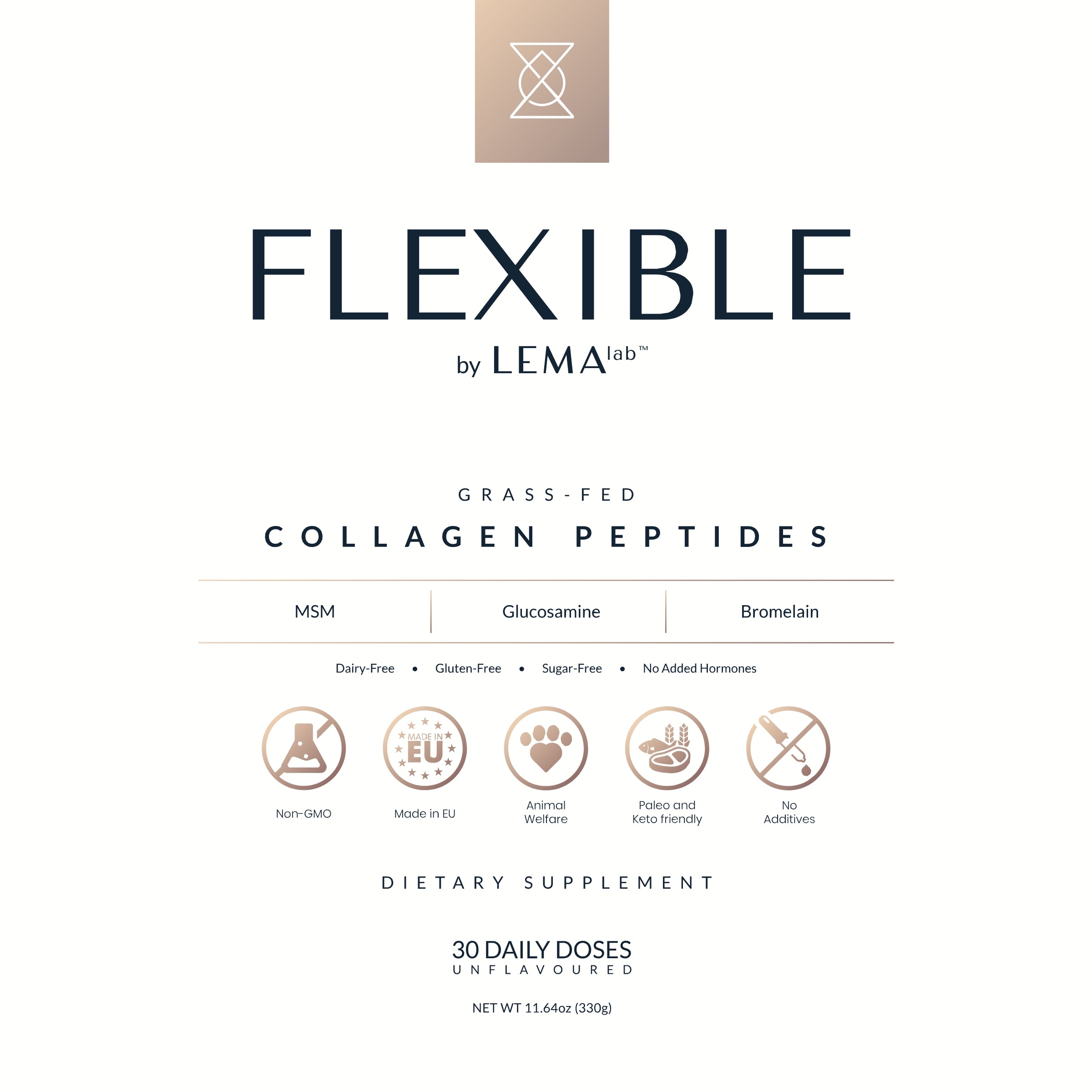
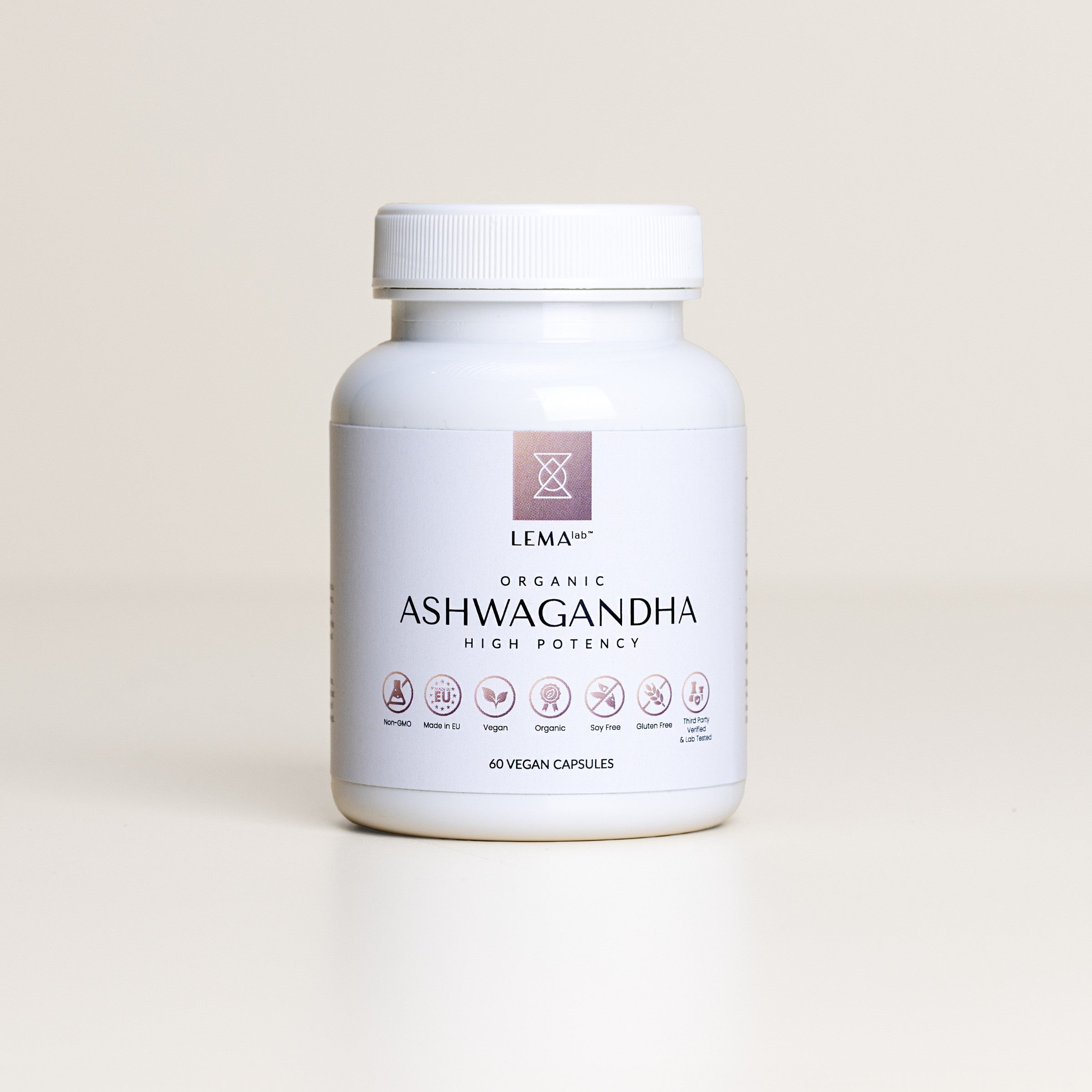
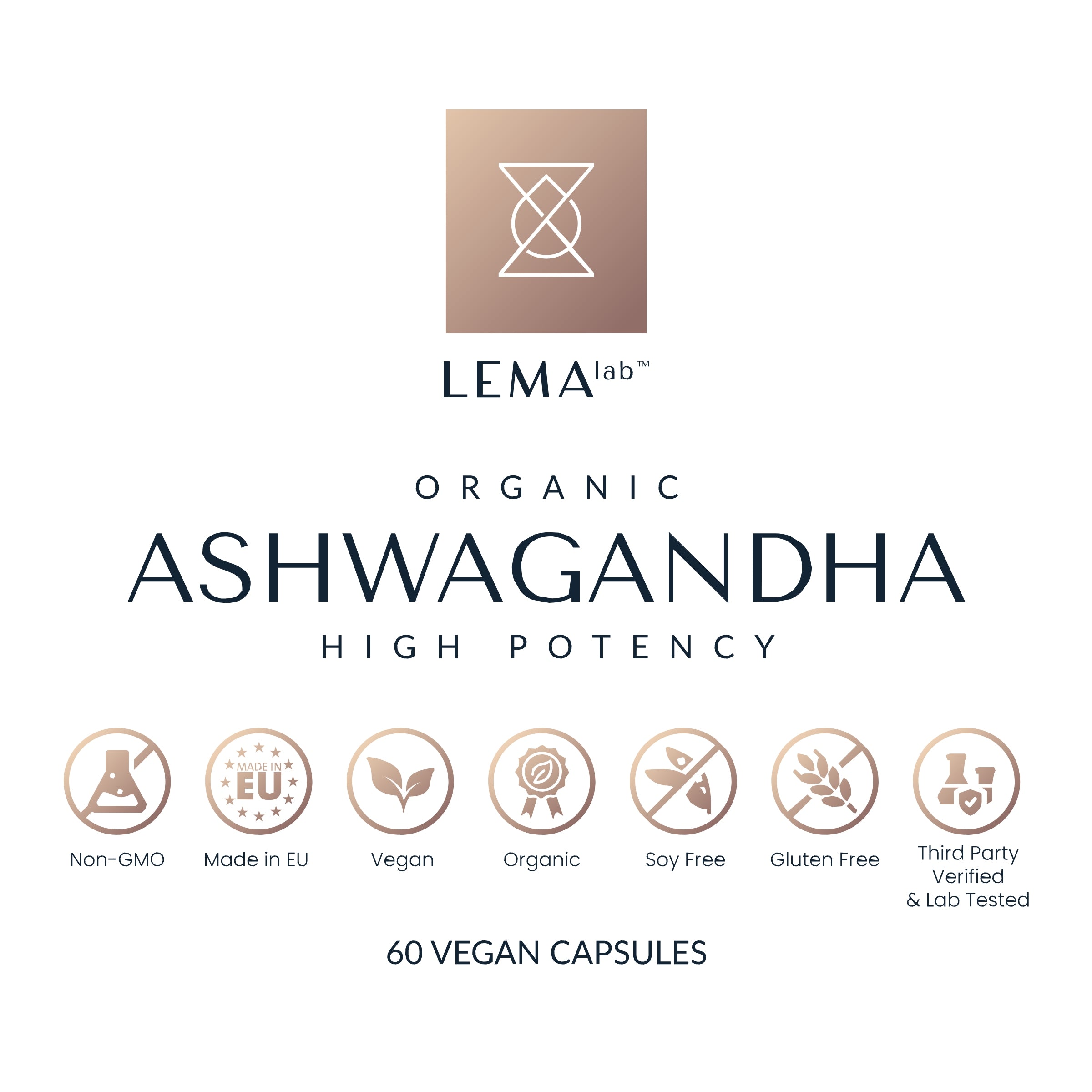
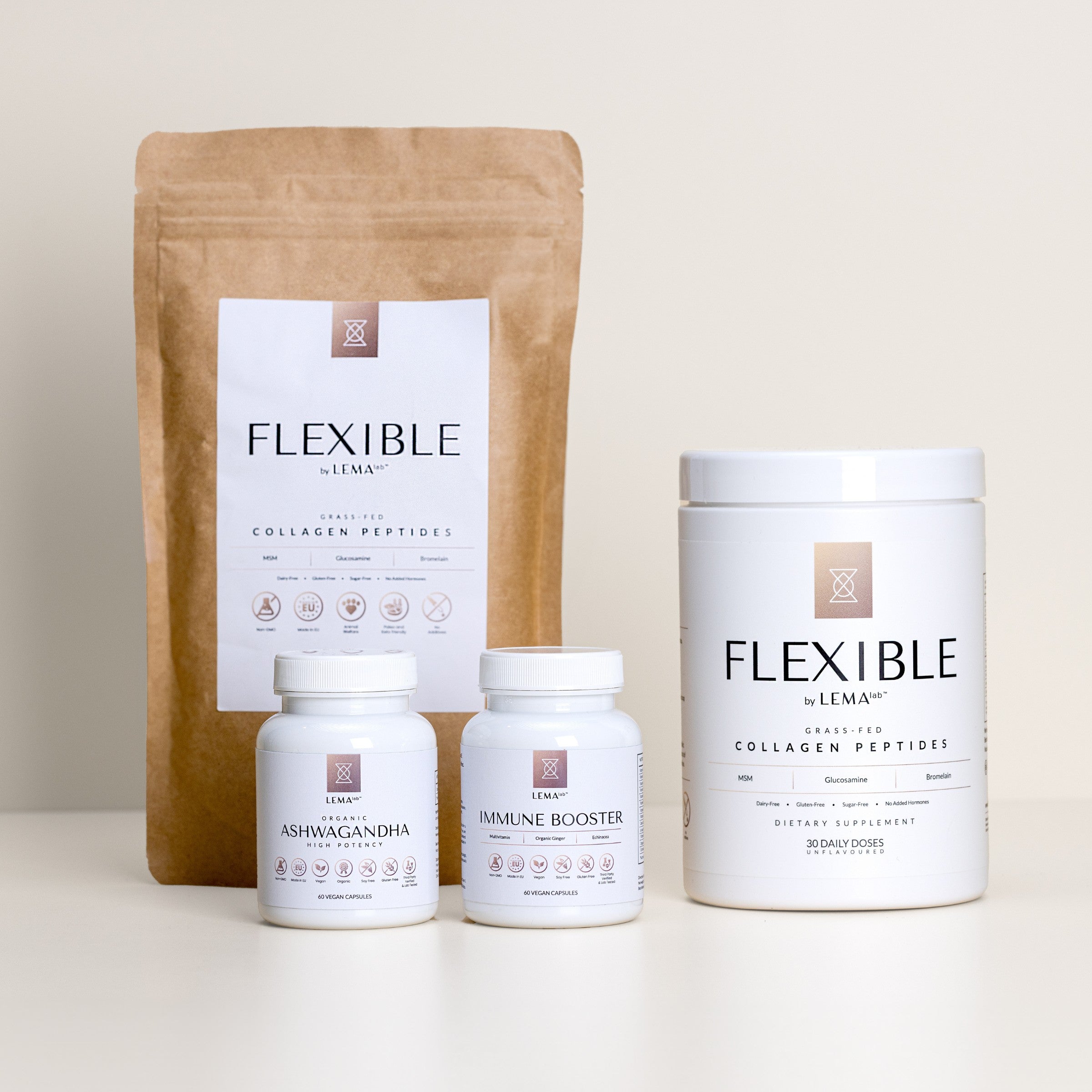

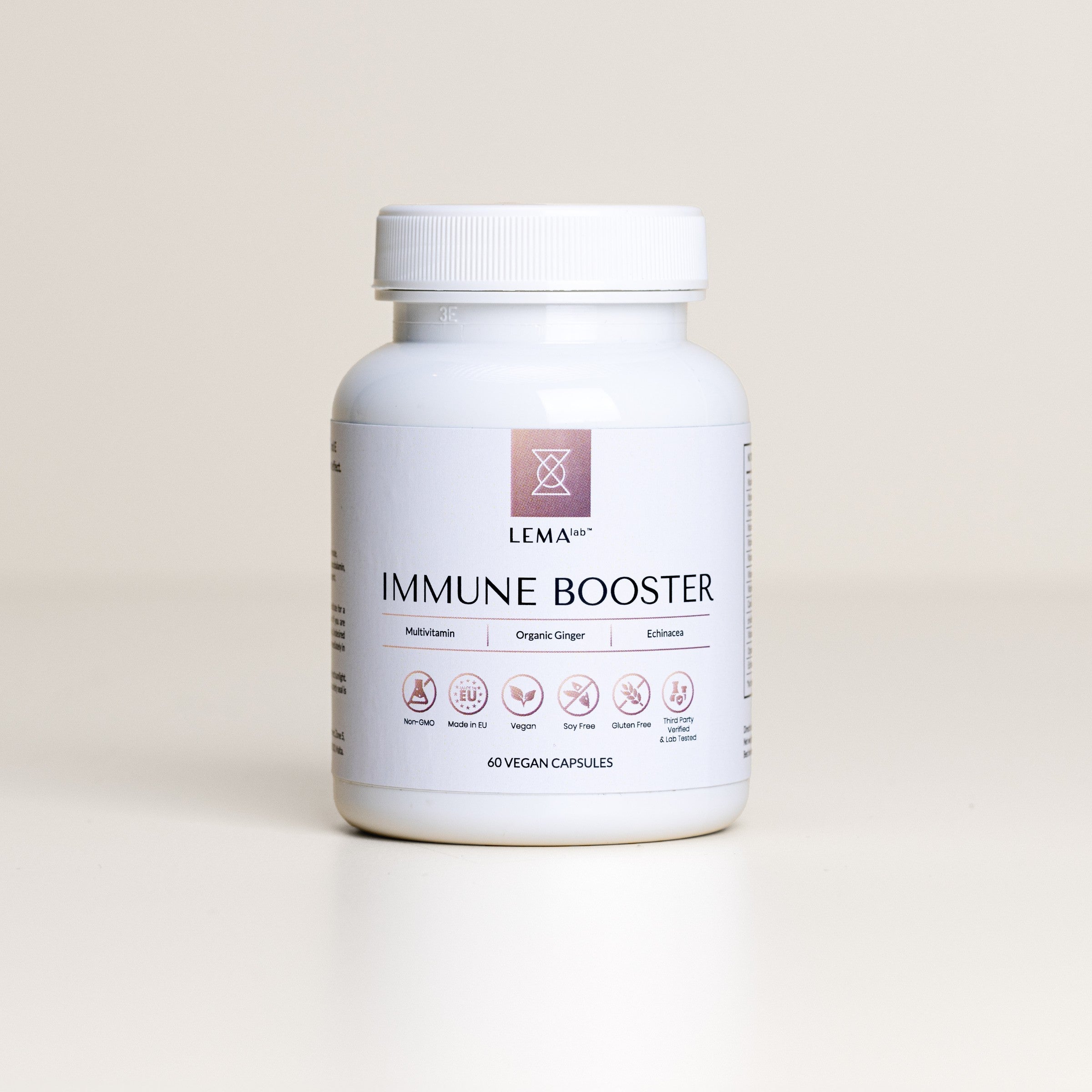
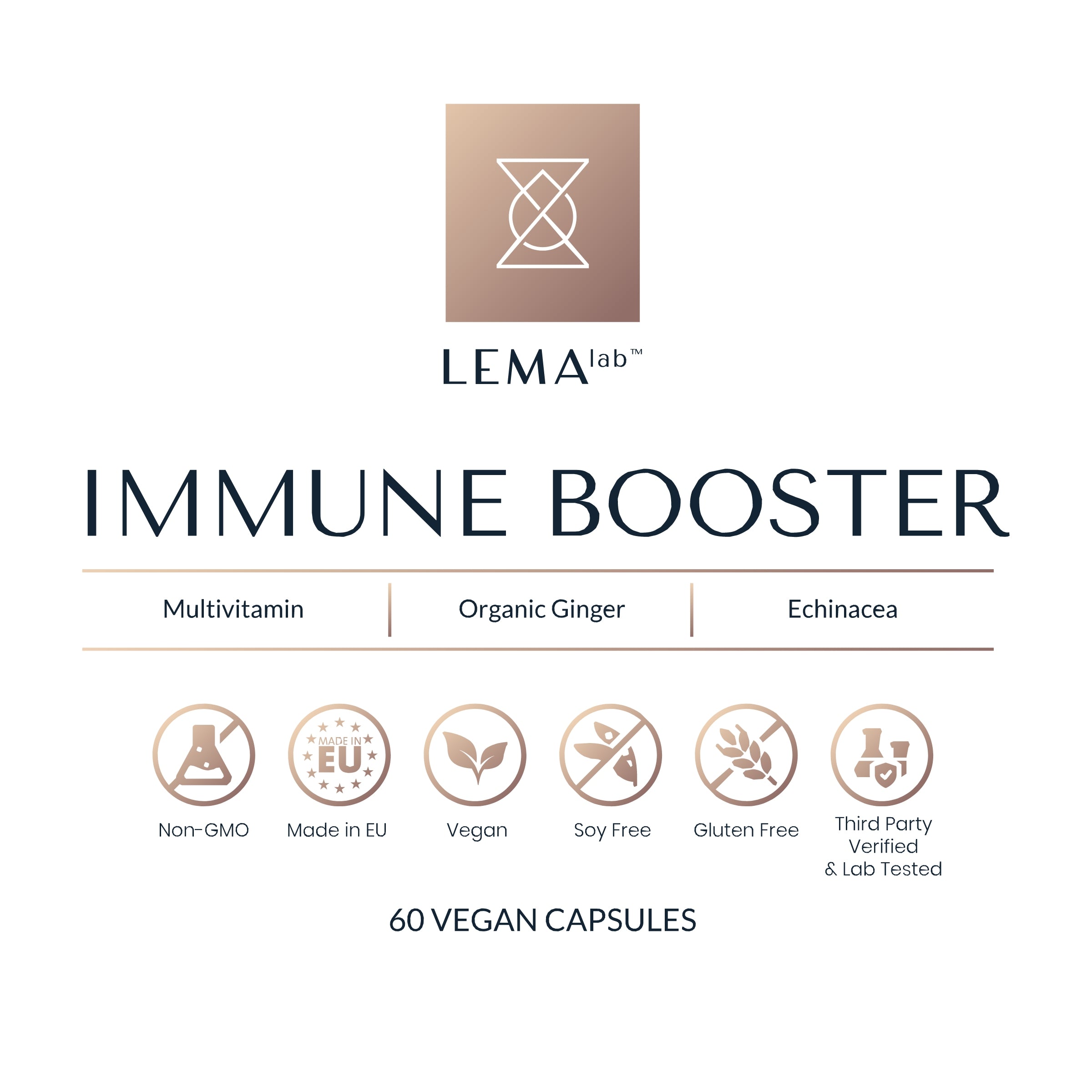
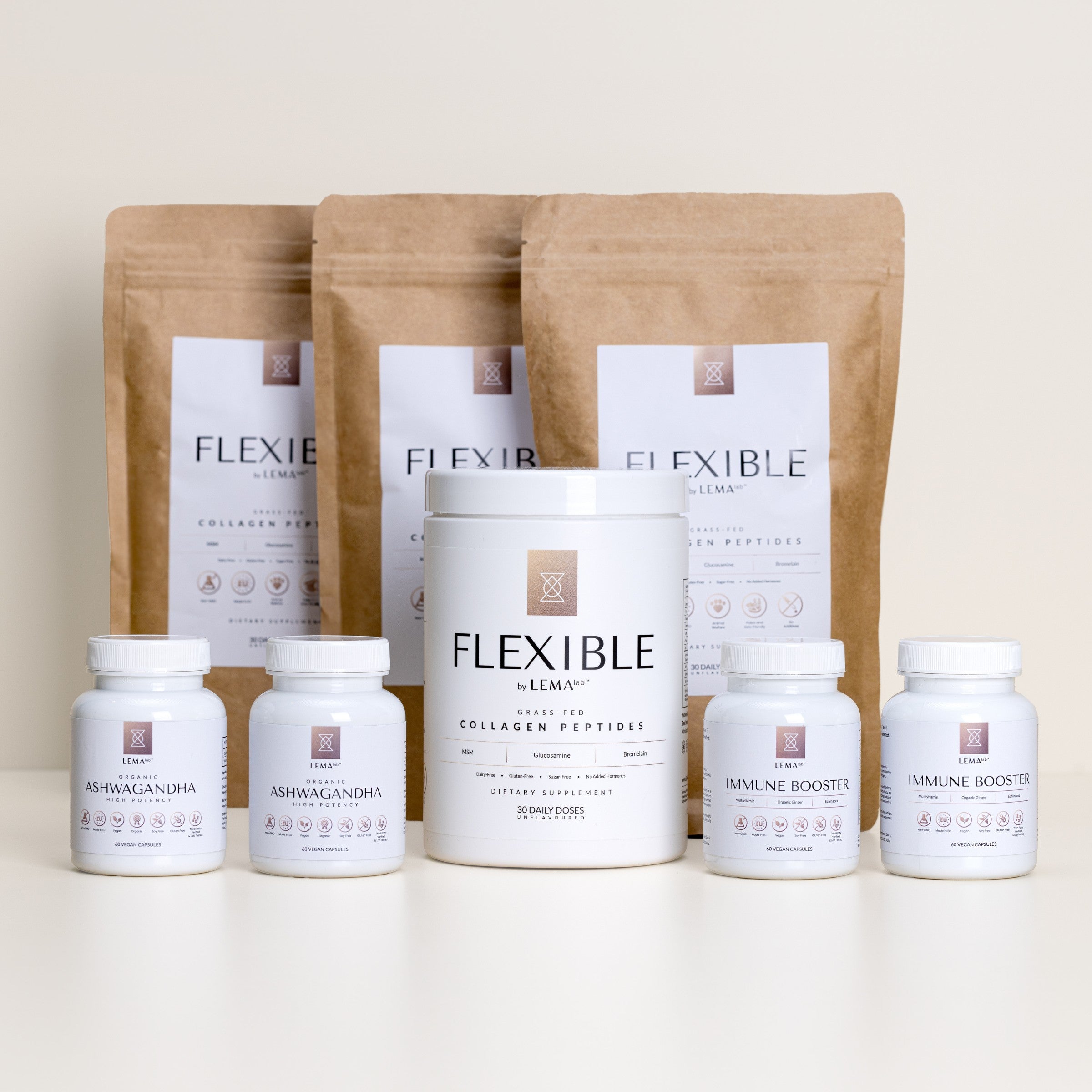
Leave a comment
This site is protected by hCaptcha and the hCaptcha Privacy Policy and Terms of Service apply.